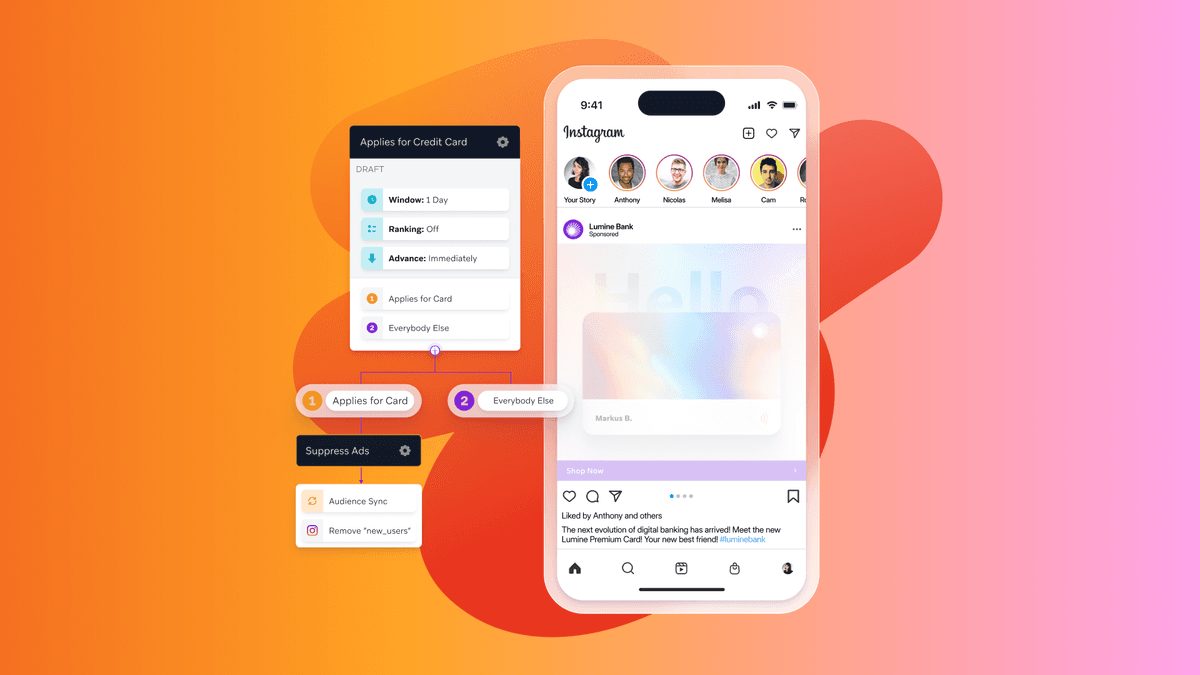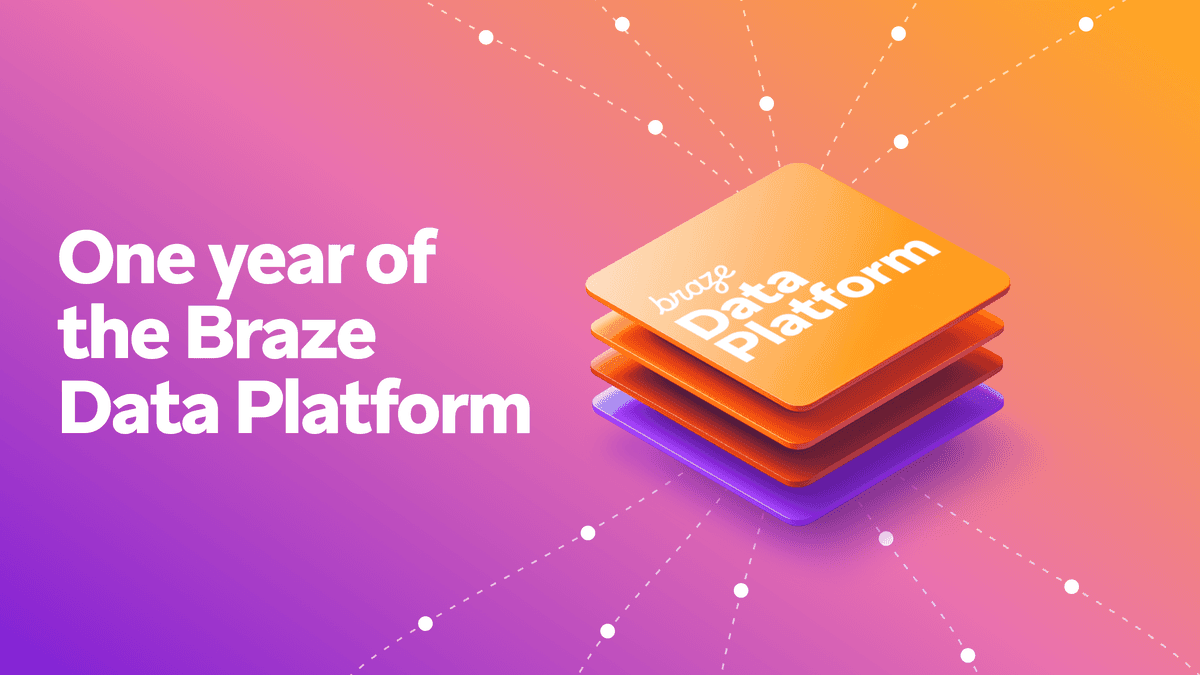Digital Marketing Terms to Know: Key Performance Indicators (KPIs)
Published on March 16, 2021/Last edited on March 16, 2021/3 min read

Christine Kent
There’s a lot of data produced around marketing campaigns. You have metrics, which are the raw numbers: how many recipients, placements, impressions, clicks, and conversions a campaign produces. Then there are benchmarks, which are the numbers used to compare campaign results with those of past campaigns or competitor outcomes or the results seen across an entire industry. Finally, we’ve got key performance indicators, or KPIs, which help to define how your brand is tracking against your goals, providing us with deeper insights about our campaigns, customers, products, and brands.
In theory, marketers can formulate a KPI for every variable in a campaign; this granular approach may be appropriate for some businesses. That said, the bedrock KPIs below are widely used, and—when combined with contextual factors like time, location, cost, and device— can serve as an effective starting point for more detailed approaches.
Awareness KPIs. These are the basic numbers that describe your campaign—such as the size of target groups, what kind of communication these groups receive (and how much), and how many impressions an ad or message receives. Benchmarking with these basics can provide insight into how well your funnel is performing, and help you set goals.
Interest KPIs. These KPIs take data that’s based on actions—like clicks, email opens, likes, or other signs of customer interest—and combines it with parameters such as target size. For example, tracking clicks per 1,000 recipients (the clickthrough rate) over time can provide a record of how engagement is evolving or insight into how well a given piece of content is performing. Classic metric MAU (monthly active users) can be turned into other important KPIs by tracking it over time: For example, comparing your MAU over the long haul can help to inform your understanding of your churn rate and retention rate (that is, how many users you’re losing vs. retaining within a given period).
Engagement KPIs. Metrics such as repeat visits, time spent with content or in an app, or use of a chat interface can help define KPIs that gauge how much engagement your communications or content is inspiring.
Conversion KPIs. You’re probably familiar with conversion rate, since improving it is often the ultimate goal for marketing teams. But it’s possible to dig into conversions in a more nuanced way, allowing brands to understand, for instance, how many signups, app installs, new accounts, or orders result from each 1,000 recipients, for each campaign, or for each time period? This is valuable information that, benchmarked against industry or competitor campaigns, can help direct future campaigns, inform key projections, and set goals.
Cost KPIs. These are also known as return on investment (ROI) KPIs. Any campaign metrics can be divided into the cost to establish “cost per” KPIs, such as cost per click, cost per impression, and cost per conversion (also known as cost per acquisition).
Negative KPIs. Adverse outcomes such as opt-outs, uninstalls, and abandoned carts can also become the basis for KPIs—and they can be just as useful to marketers as positive KPIs. By identifying the negative KPIs that represent the biggest risks for your business, your team can more easily identify trouble spots in your customer engagement efforts, giving you the ability to retool and refresh campaigns, content, messaging channel tactics, and overall strategy.
Final Thoughts
One of the biggest benefits of digital marketing is the opportunity to collect detailed data about customer behavior. With KPIs, it’s easier to extract value from data and generate actionable insights to help grow the business. Dig in further with the Braze Understanding Customer Engagement Benchmarks and Metrics Guide.
Related Tags
Be Absolutely Engaging.™
Sign up for regular updates from Braze.
Related Content
View the Blog
What is triggered communication? How to automate smarter, timely campaigns

Team Braze

One year of the Braze Data Platform: Elevating user experiences and cross-team collaboration

Sahiz Kaur

Global and regional AI adoption: What it means for customer engagement
